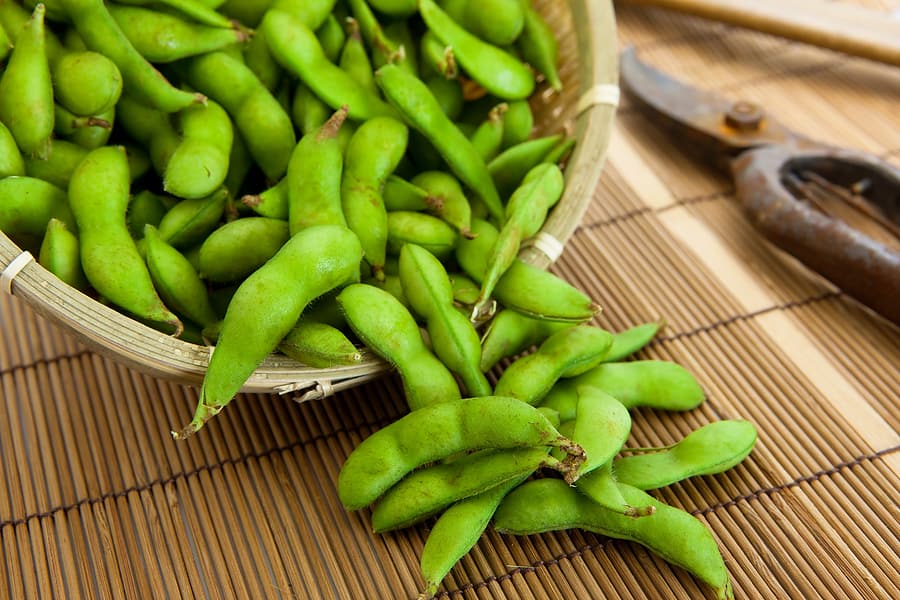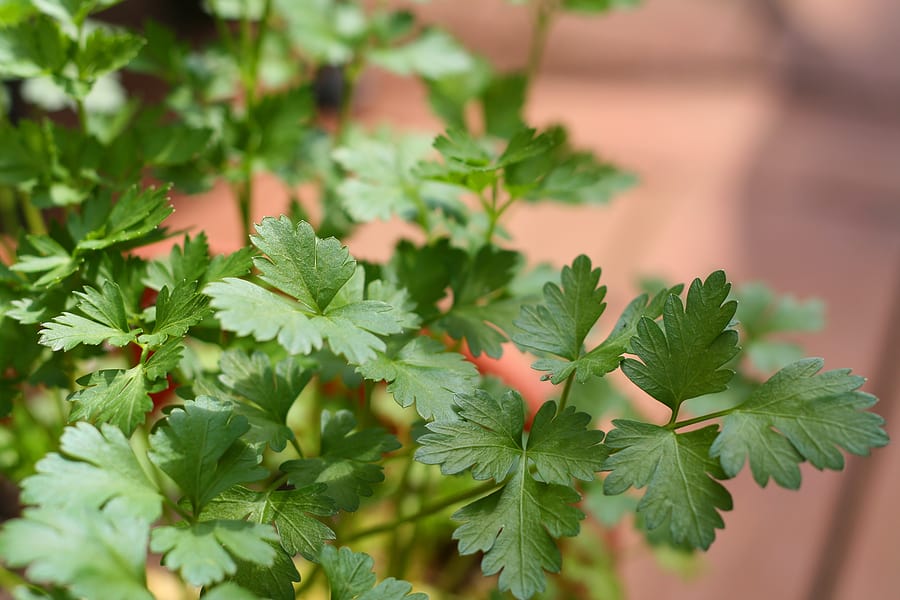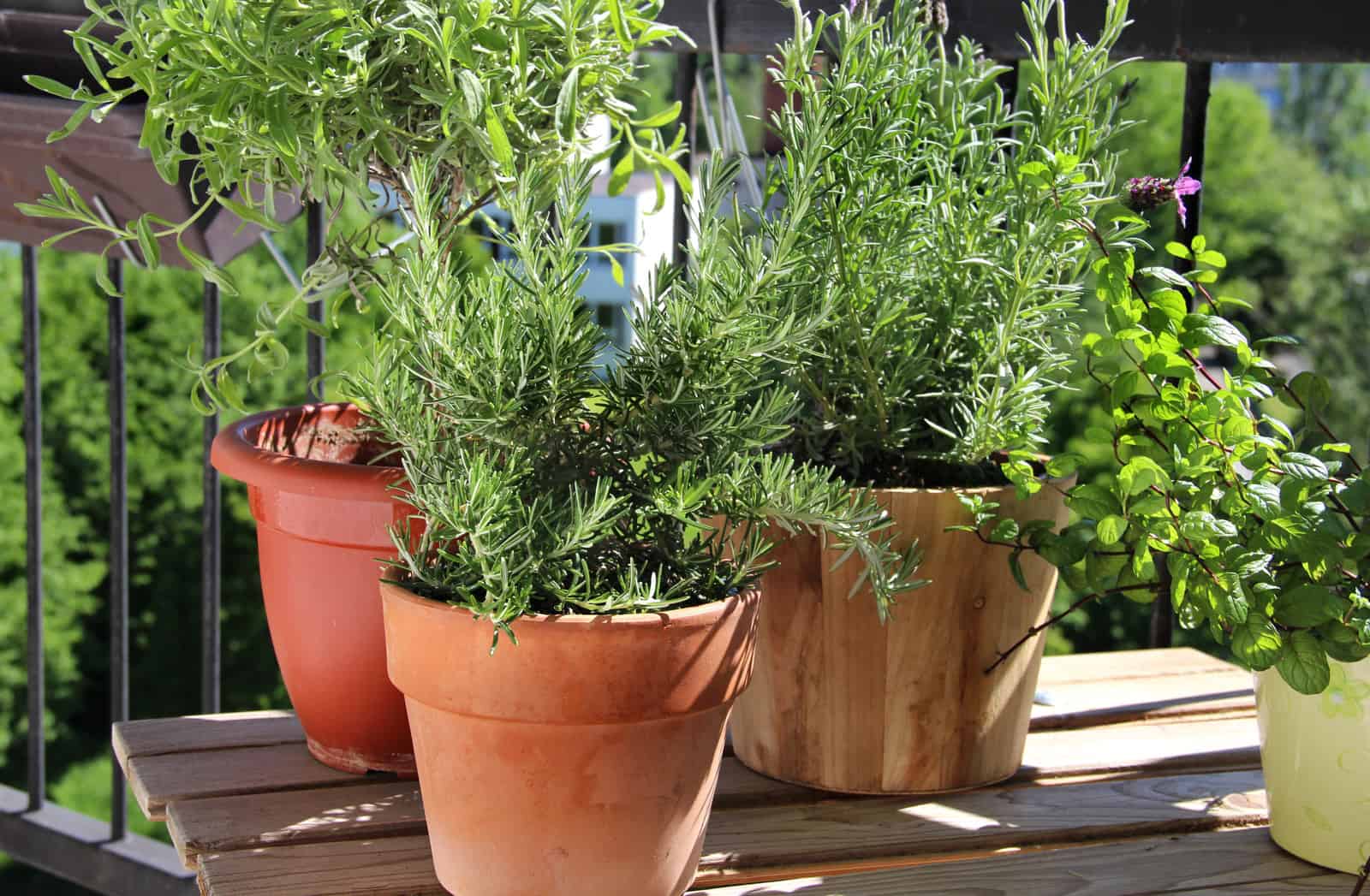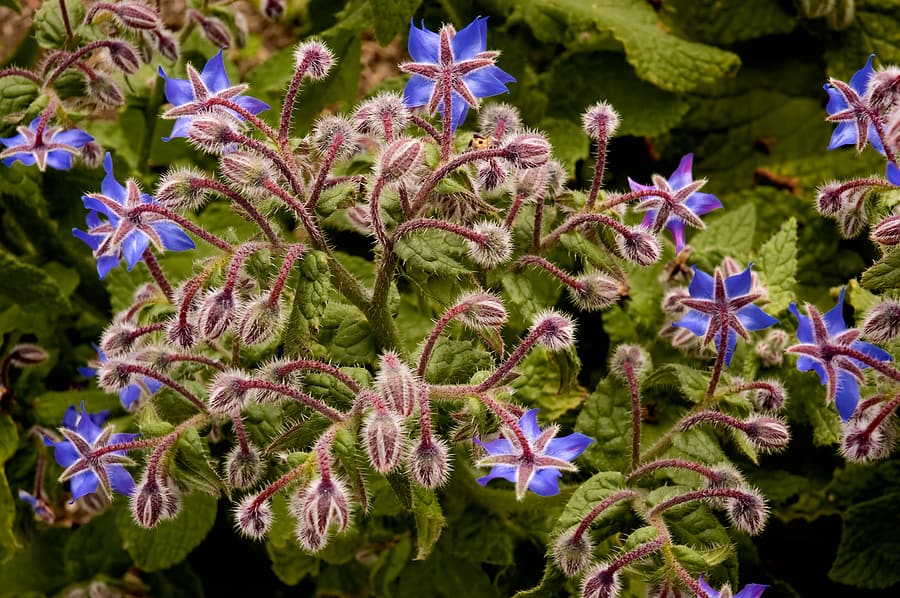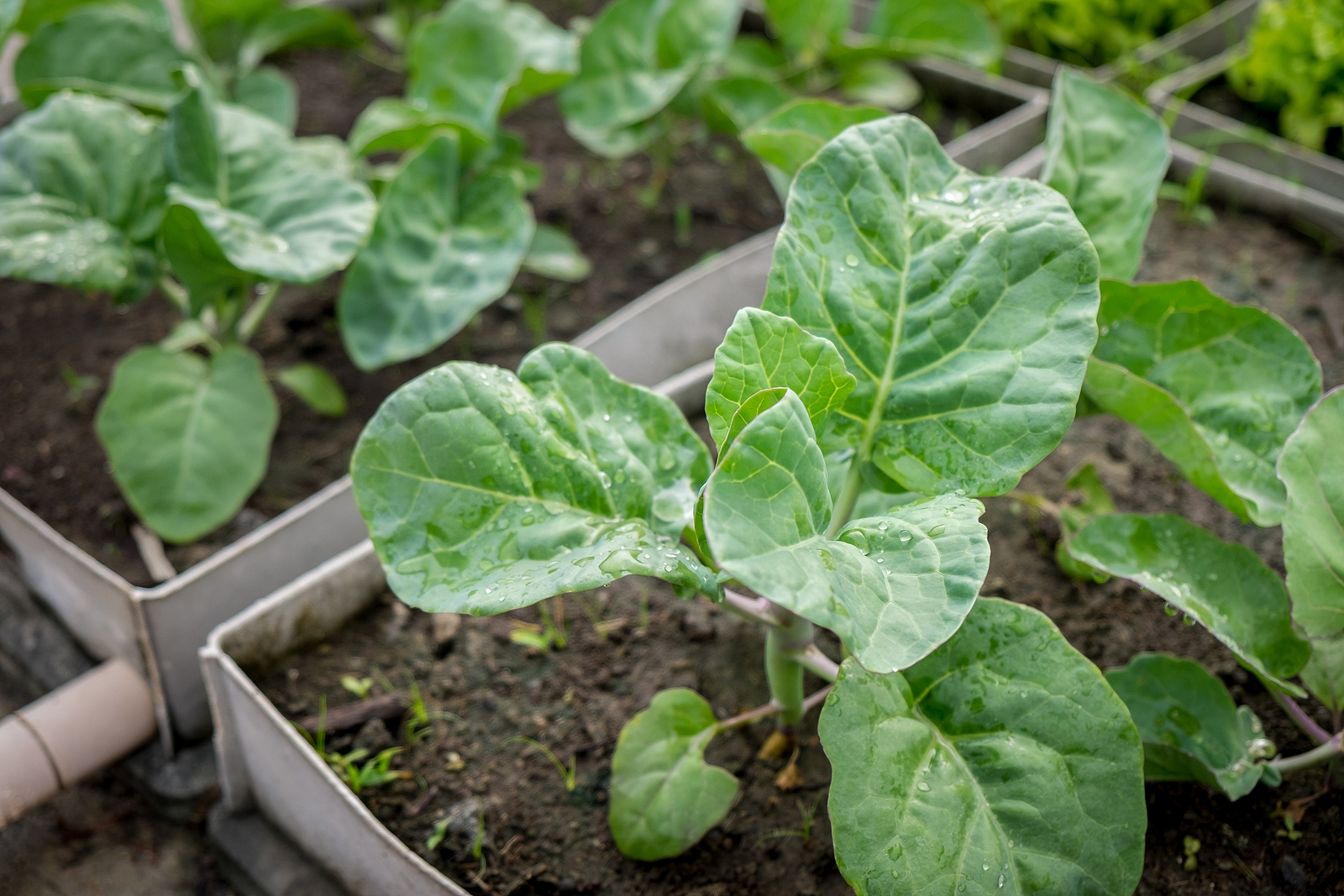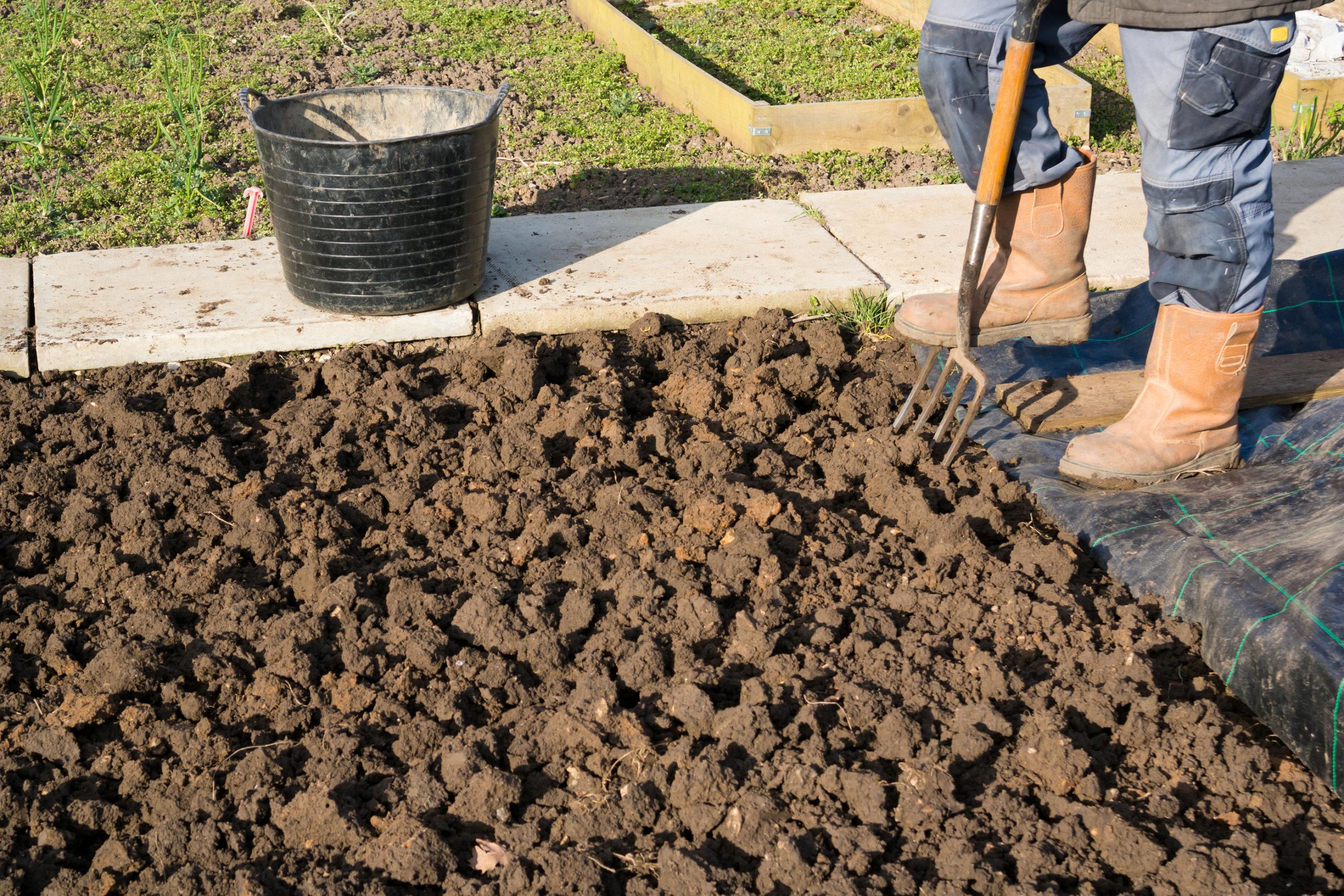Lights to Grow Plants – Choose The Right Light
To grow vegetables and herbs indoors you will almost certainly need artificial light. Natural light preferably from a south-facing window will always benefit plants growing indoors, but sufficient natural light is not always available indoors. That’s when your plants will need the right artificial light. Plants use light to grow. They convert light into food […] More



